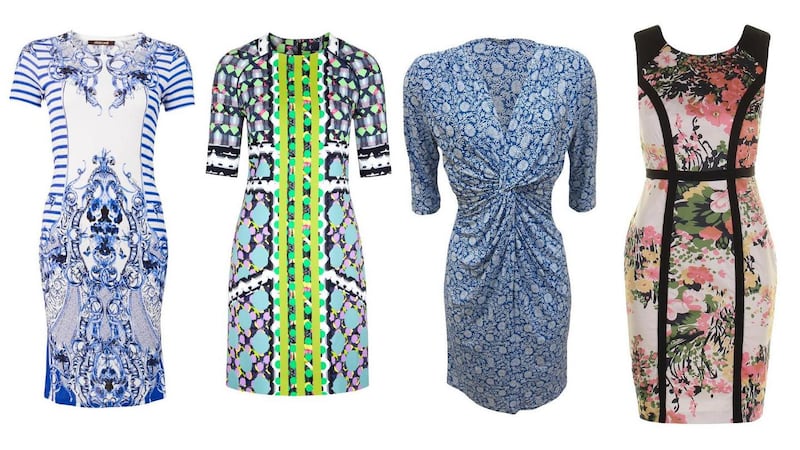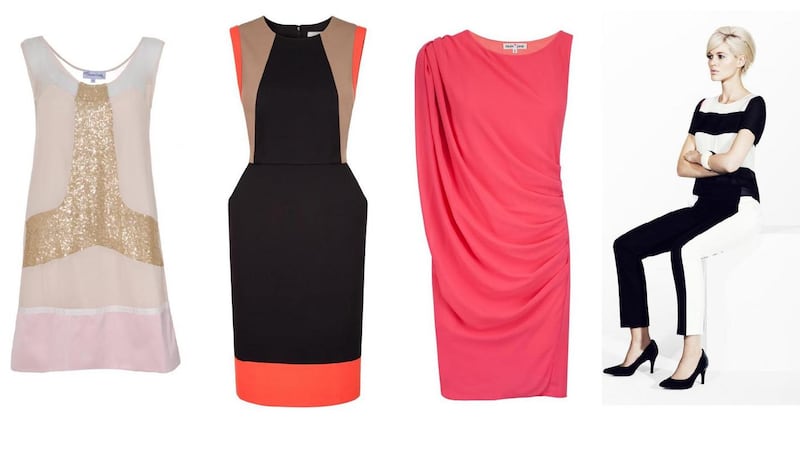Give it too much thought, and it’s quite mind-boggling just how much we expect our clothes to do for us.
We seem to forget that these inanimate pieces of cloth are just that, yet we expect them to work wonders. We search for jeans that will turn back time, dresses that will suck us in and push us up, and patterns that will give the illusion of something more (or less) than that which exists beneath it.
The bad news is that underneath our clothes we all look eerily similar, regardless of hours spent at the gym or in the chipper: pale flesh, curves and contours, lumps and bumps, and fat, bones and muscle.


There are reasons for optimism, though. Although clothes cannot change anything in terms of raw materials, clever pattern-cutting and even cleverer prints can trick the eye into seeing less of what is there, and more of what is not.
Vertical stripes, for example, are all but the tallest of giants’ friends. They elongate and extend, giving short legs a new lease of life and drawing the eye up and down the torso (rather than the dreaded across motion).
Similarly, darker shades and prints will give the impression of shadow. This is used to great effect at the sides of dresses to narrow the waist, or across the waist to make it look smaller.
Don't forget, of course, the humble belt, the addition of which can give a simple, shapeless shift dress a distinctly Marilyn Monroe feel.
There’s also the option of draping and gathering. Where fabric drapes and gathers, it conceals. This is what stylists call “skimming”, and, although it won’t suddenly give you the waist of a supermodel, it will leave onlookers guessing as to whether you’re hiding the world’s best six-pack, or a tummy that’s seen too many roast dinners. Play your cards right, and they’ll never know.







